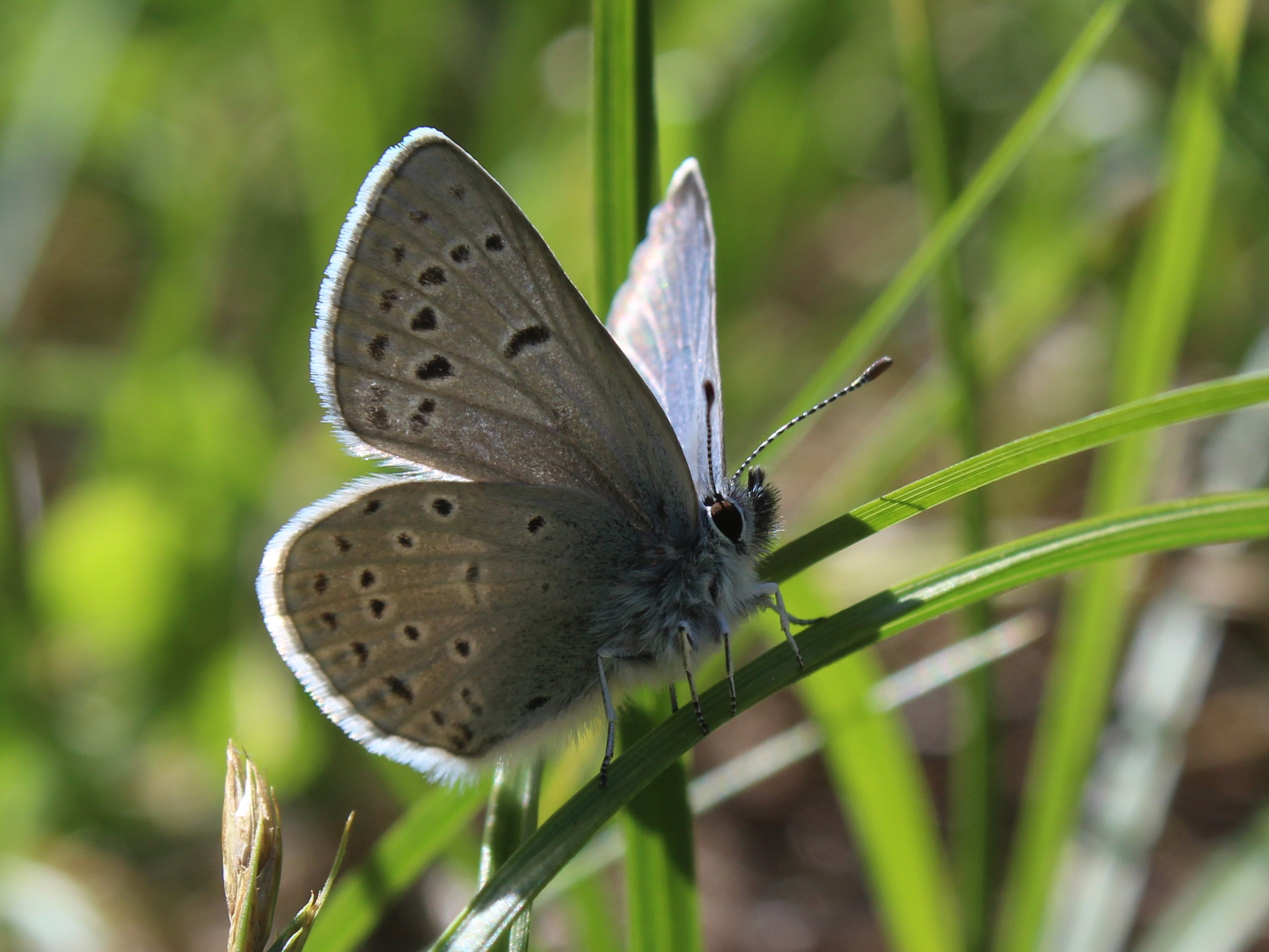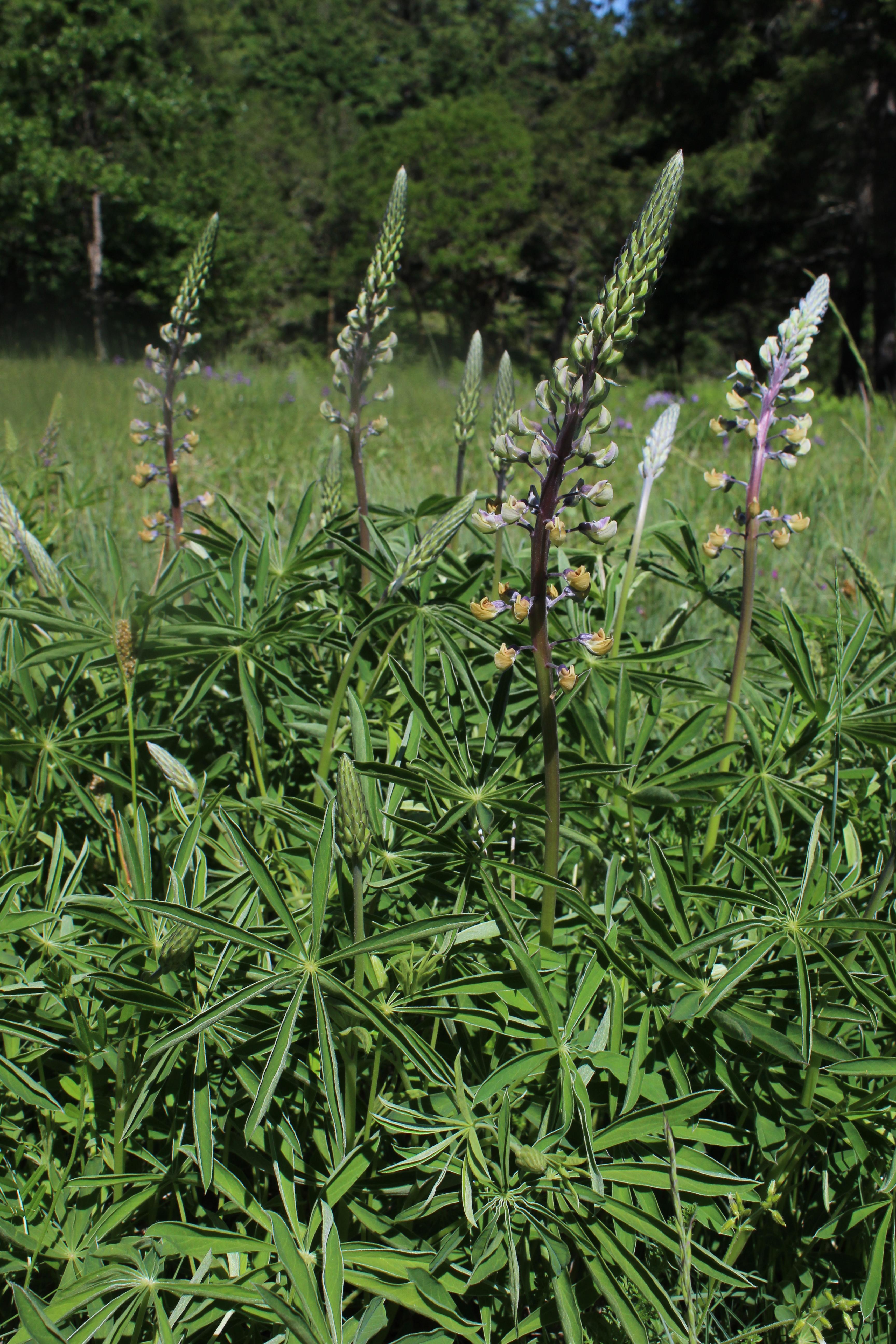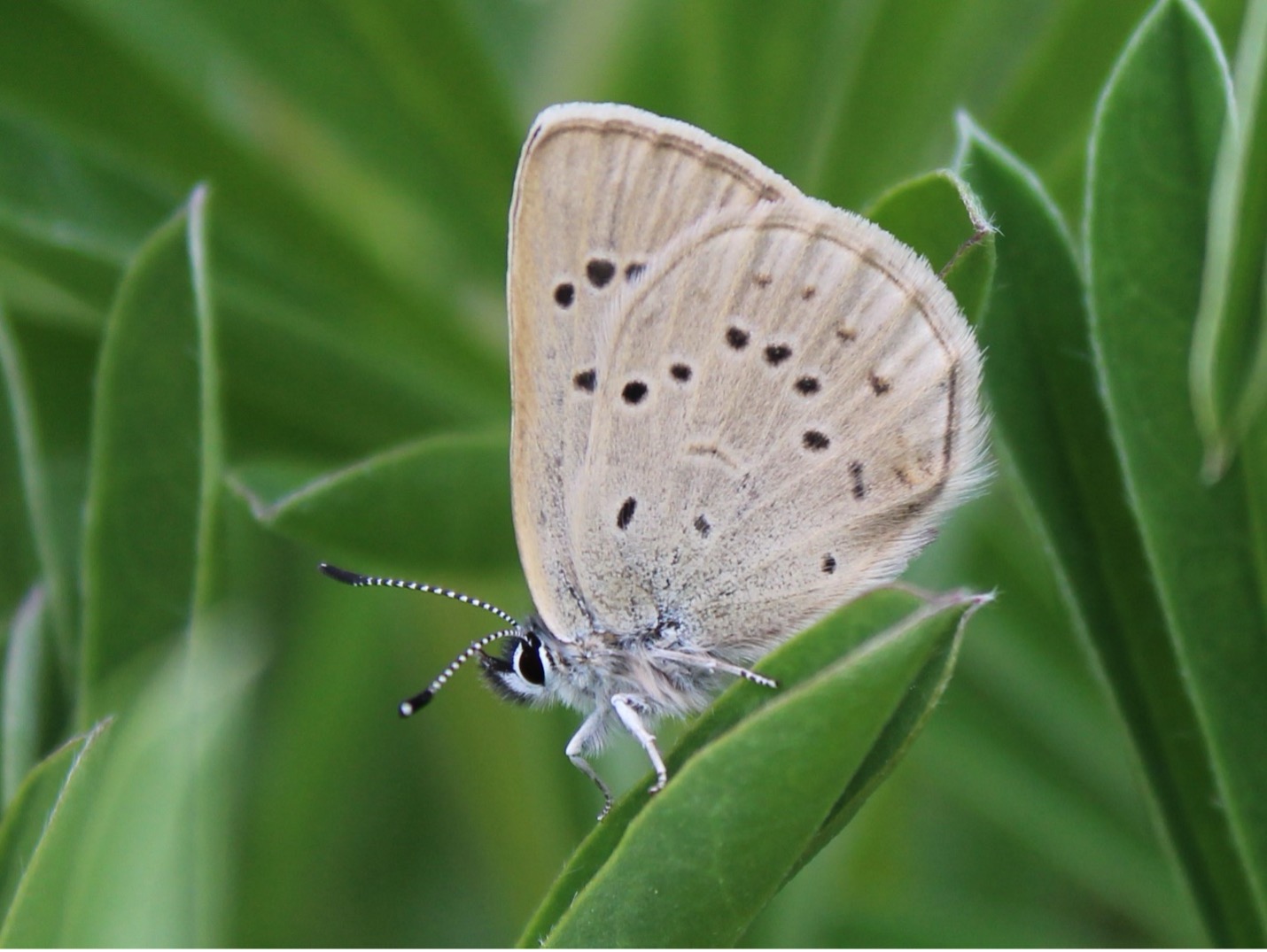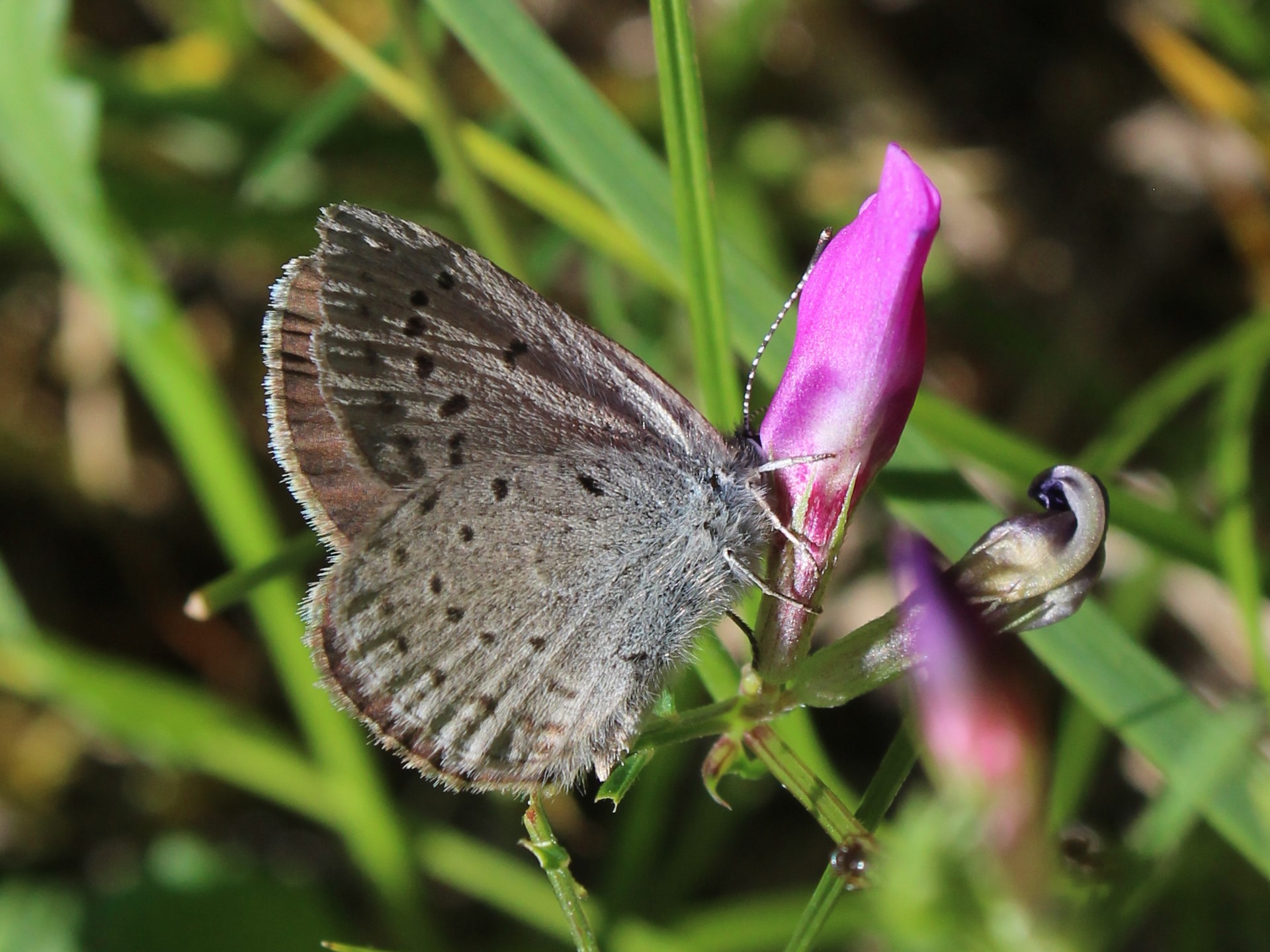
2021 update on the Fender’s blue butterfly
By Soledad Diaz
January 2022
Fender’s blue butterfly (Icaricia icarioides fenderi) was listed as an endangered species in 2000 due to habitat fragmentation and prairie habitat loss throughout its range in the Willamette Valley, Oregon. Since 2016, IAE has played a major role in the conservation of Fender’s blue by conducting annual population surveys, restoring key habitat, and investigating population responses to restoration.
Willamette Valley weather conditions prior to the 2021 flight season (May) were relatively dry and warm compared to historic averages, resulting in 2021 being an interesting year for butterfly surveys in the Pacific Northwest. Fender’s population numbers fluctuate year to year due to multiple factors, including weather and habitat quality. Therefore, even though surveys in 2021 resulted in a slight decrease in two of the biggest populations surveyed, it is difficult to assess long-term population trends without multiple years of data.
IAE coordinated the monitoring of 102 sites during the 2021 Fender’s flight season, resulting in more than 17,000 estimated butterflies throughout their range. Data suggest that roughly 3,000 Fender’s blue butterflies existed in 1993, which then fluctuated between approximately 6,300 and 1,750 individuals from 2000 to 2011. Since 2012, newly discovered populations, populations expanded through habitat restoration, and changes in sampling method may explain the substantial growth in numbers of Fender’s blue butterflies; as the overall estimated population in 2016 reached a peak of nearly 29,000 butterflies. Poor weather conditions in the winter and early spring of 2016-2017 contributed to a significant reduction in the estimated population size; declining by over 50% to roughly 13,100 butterflies in 2017, and only recovering slightly to an estimated 13,700 butterflies in 2018. Population sizes in 2019 and 2020 were estimated to be 24,500 and 19,000, respectively.
Habitat restoration for Fender’s includes reducing invasive weeds and planting Kincaid’s lupine (the host plant for Fender’s) host and other native nectar plants. For Fender’s conservation, IAE is proud to work with the following funding and on-the-ground partners: the Army Corps of Engineers, US Fish and Wildlife Service (USFWS) National Wildlife Refuges, the USFWS Oregon Fish and Wildlife Office, Bureau of Land Management and Bureau of Reclamation, Benton County, Oregon Parks and Recreation Department, The Nature Conservancy, Greenbelt Land Trust, and Yamhill Soil and Water Conservation District.
IAE is grateful for funding provided by USFWS, and assistance from the Oregon Parks and Recreation Department. A huge thanks to all surveyors, including Rhiannon Cochrane, Christine Calhoun, Sally Villegas-Moore, S. Erskine, Kathleen Smith, Adam Kotaich, Andrew Esterson, Greg Fitzpatrick, Paul Hammond, Peter Moore, Gary Pearson, Dana Ross, Duncan Thomas and Tyler Hicks. We are also grateful to all public and private landowners who support surveys and manage their lands for Fender’s blue butterfly.
Curious if you are seeing Fender’s blue butterfly or look-alike silvery blue butterfly? Check out our previous blog post on distinguishing the two butterflies.
Restoration
Research
Education
Get Involved
Contact
Main Office:
4950 SW Hout Street
Corvallis, OR 97333-9598
541-753-3099
[email protected]
Southwest Office:
1202 Parkway Dr. Suite B
Santa Fe, NM 87507
(505) 490-4910
[email protected]
© 2024 Institute for Applied Ecology | Privacy Policy



